Please remember, if you need assistance or have any questions, call us on 0330 223 6336 or drop us an email at sales@defibworld.org
- Published:20 June 2024
Do you have a defibrillator at Home? Do you think you need one? Our latest article explains the importance of having a defibrillator at home and how it can result in saving a loved ones life.
Sudden cardiac arrest (SCA) can strike without warning, and the difference between life and death often hinges on immediate intervention. While many people understand the importance of CPR, fewer realise just how critical having a defibrillator at home can be. Survival rates for out-of-hospital cardiac arrests are alarmingly low, hovering around 10.8%. This stark reality underscores the need for rapid response, especially in a home setting where every second counts.
Defibrillators are designed to be user-friendly, even for those without medical training. With automated instructions and straightforward design, these devices empower families to act swiftly during cardiac emergencies. Imagine knowing you have the tools to save a loved one’s life. Throughout this article, we’ll explore real-life stories, the science behind defibrillation, and practical steps to ensure your household is prepared for such emergencies. By the end, you’ll understand why having a defibrillator at home is vital to community safety and resilience.
Understanding Sudden Cardiac Arrest (SCA)
Definition and Differentiation from a Heart Attack
Sudden cardiac arrest (SCA) is a critical medical emergency that occurs when the heart suddenly stops beating effectively, leading to a cessation of blood flow to the brain and other vital organs. Unlike a heart attack which is caused by a blockage that stops blood flow to a part of the heart, therefore SCA is an electrical malfunction that causes an irregular heartbeat (arrhythmia). This distinction is crucial because the treatment and urgency differ significantly between the two conditions. Consequently, while a heart attack might allow for a window of time for medical intervention, SCA demands immediate action to restore normal heart rhythm and prevent death.
The Urgency of Immediate Response
The urgency of responding to SCA can’t be overstated. Every minute that passes without defibrillation results in decreasing the chance of survival by approximately 10%. All in all, this rapid decline in survival rates underscores the importance of having immediate access to life-saving equipment. In a home setting, where emergency medical services may take several minutes to arrive, having a defibrillator at home can mean the difference between life and death. Ultimately, the reality is that the likelihood of surviving an SCA is alarmingly low.
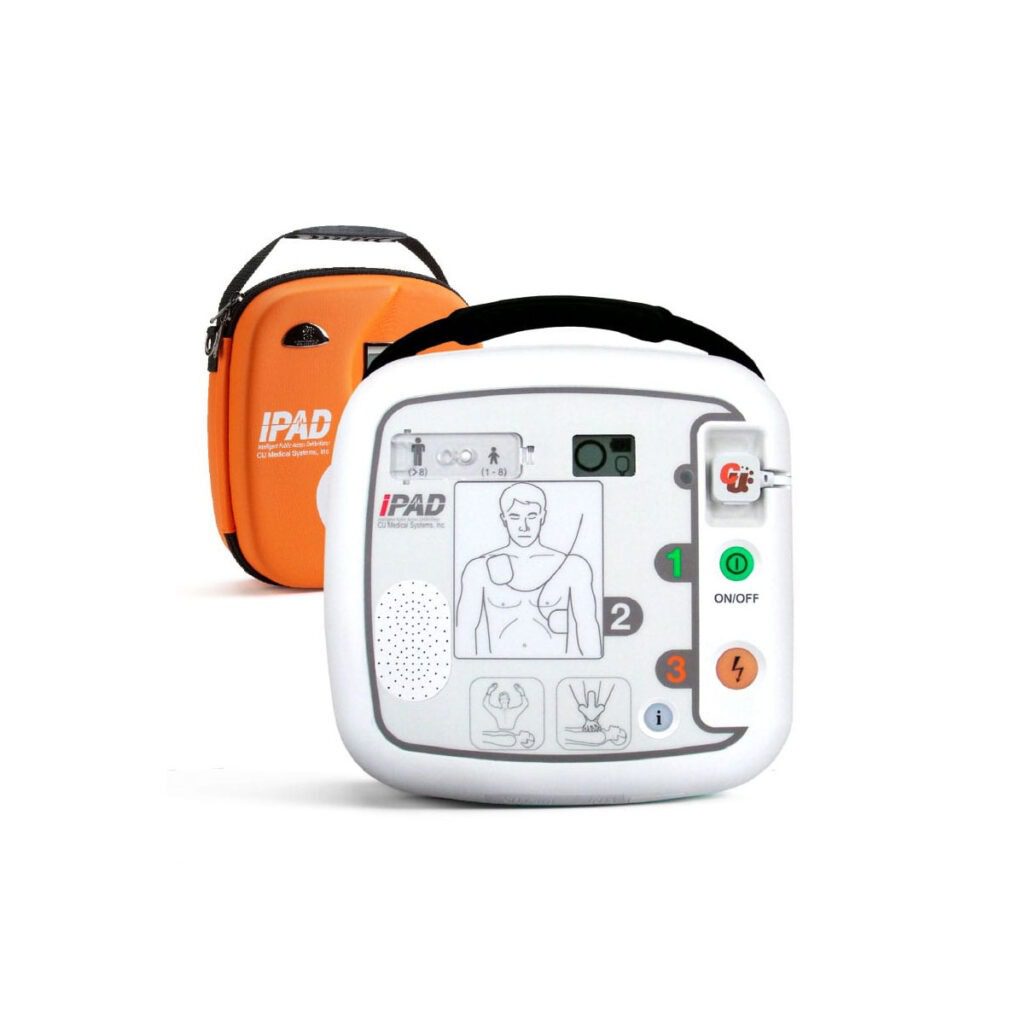
The Reality of Cardiac Arrest Statistics
Current Survival Rates
The survival rate for out-of-hospital cardiac arrests has reached an all-time high of 10.8%. A figure that, while encouraging, still highlights the critical need for rapid intervention. This percentage reflects the proportion of individuals who survive long enough to be discharged from the hospital. However, the survival rate drops to 7.8% when for those who survive 30 days post-arrest. This decline indicates that even after initial resuscitation, the journey to full recovery is fraught with challenges. Subsequently, emphasising the importance of immediate response measures.
Time Sensitivity
Time is of the essence when dealing with SCA. The survival rate decreases by 10% for every minute that defibrillation is delayed. This statistic illustrates the critical window of opportunity for effective intervention. In a home setting, where every second counts; an available defibrillator at home can significantly improve outcomes. Rapid response is not just beneficial; it is essential. The quicker a defibrillator is used, the higher the chances of increasing the likelihood of survival.
The Role Defibrillators at Home in Saving Lives
How Defibrillators Work
Defibrillators are life-saving devices designed to restore normal heart rhythm by delivering an electric shock to the heart. When the heart experiences an arrhythmia, it can’t pump blood effectively, leading to a sudden cardiac arrest. The defibrillation process involves the device analysing the heart’s rhythm and, if necessary, delivering a shock to reset the heart’s electrical system. This shock stops the arrhythmia and allows the heart to resume its normal rhythm, restoring adequate blood circulation.
Ease of Use
Modern defibrillators are designed with user-friendliness, making them accessible even to individuals without medical training. These devices come with automated instructions that guide the user through each process step, from attaching the pads to delivering the shock. The design is straightforward, ensuring anyone can use the device in an emergency. Training programs are widely available, but even without formal training, the intuitive nature of these devices empowers individuals to act swiftly and confidently during a cardiac emergency.
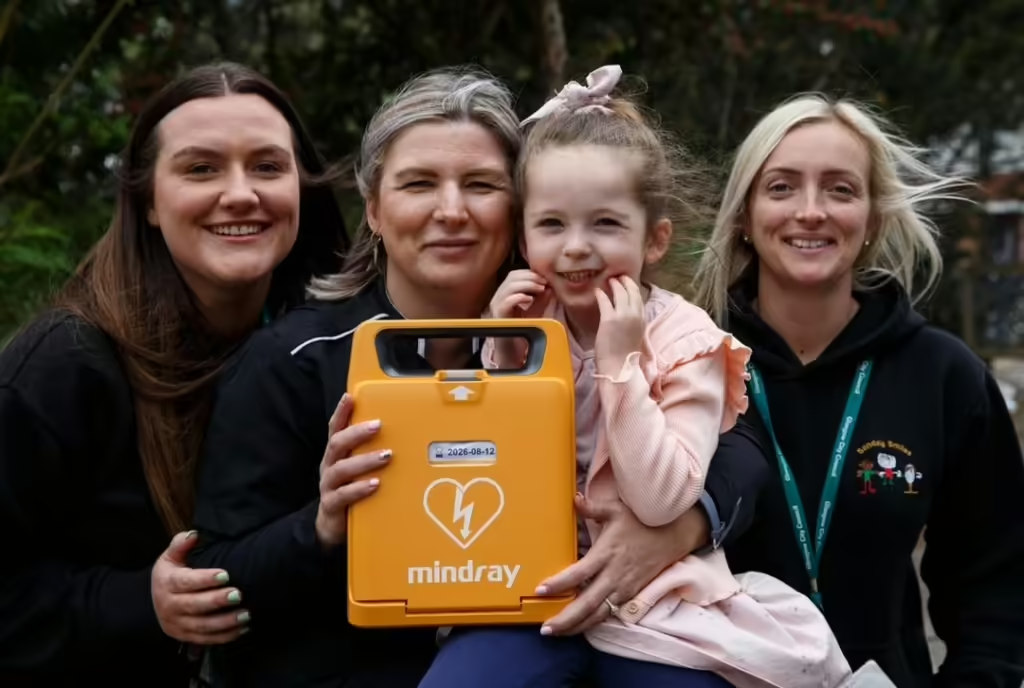
Personal Stories and Testimonials
Real-Life Accounts
Numerous real-life accounts highlight the life-saving potential of having a defibrillator at home. Families who have experienced the terror of a sudden cardiac arrest often recount how the immediate availability of a defibrillator made all the difference. These stories are about survival and the emotional and practical impacts on the survivors and their loved ones. The relief and gratitude expressed by those who have used a defibrillator in an emergency underscore the device’s importance in home safety and emergency preparedness.
Community Impact
The impact of widespread defibrillator access extends beyond individual households to the broader community. When more homes are equipped with defibrillators, the overall safety and preparedness of the community are enhanced. This ripple effect contributes to public health by increasing the chances of survival for anyone experiencing a sudden cardiac arrest. Community initiatives that promote the availability and use of defibrillators can lead to a more resilient and responsive society where collective preparedness can save lives.
Defibrillator at Home – Overcoming the Fear of Unpreparedness
Empowering Families
Empowering families to prepare for cardiac emergencies involves several practical steps. First, it is crucial to acquire a defibrillator and ensure it is easily accessible in the home. Next, families should familiarise themselves with the device and consider participating in CPR and defibrillator training programs. These steps equip families with the tools needed for an emergency and provide peace of mind. Knowing that you are prepared to handle a sudden cardiac arrest can significantly reduce the fear and anxiety associated with such emergencies.
Educational Resources
Educational resources are readily available to help families learn about CPR and the use of defibrillators. Many organisations offer training programs that cover the basics of cardiac emergency response, including how to perform CPR and use a defibrillator. These programs are designed to be accessible and informative, ensuring that even those without medical backgrounds can gain the knowledge and confidence needed to act in an emergency. Ongoing education and support are also available, providing families with the tools to stay informed and prepared.
- Steps to Prepare for Cardiac Emergencies:
- Acquire a defibrillator and place it in an easily accessible location.
- Participate in CPR and defibrillator training programs.
- Familiarise all household members with the device and its operation.
- Regularly check the defibrillator to ensure it is in working order.
- Stay informed about the latest guidelines and recommendations for cardiac emergency response.
By taking these steps, families can overcome the fear of unpreparedness and ensure they are ready to respond effectively to a sudden cardiac arrest.
Conclusion: The Lifesaving Impact of having a Defibrillator at Home
Having a defibrillator at home isn’t just a precaution; it’s a vital component of ensuring the safety and resilience of your household. We’ve explored the stark realities of sudden cardiac arrest, the critical importance of immediate response, and the life-saving potential of defibrillators. These devices, designed for ease of use, empower families to act swiftly during cardiac emergencies, significantly improving survival rates. Real-life stories and statistics underscore the urgency and effectiveness of having a defibrillator on hand.
Families can transform fear into readiness by preparing for cardiac emergencies, ensuring they are equipped to handle the unexpected. The peace of mind from knowing you’re prepared to save a loved one’s life is invaluable. As we’ve seen, every second counts in a cardiac emergency, and having a defibrillator at home can make all the difference. Isn’t it time we all took that crucial step towards safeguarding our loved ones?

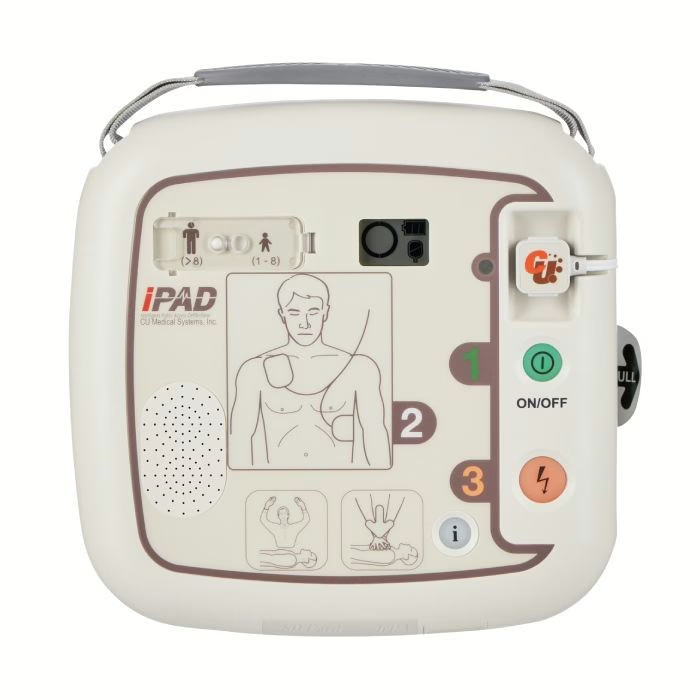

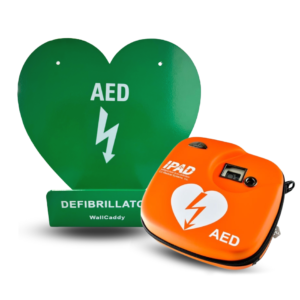

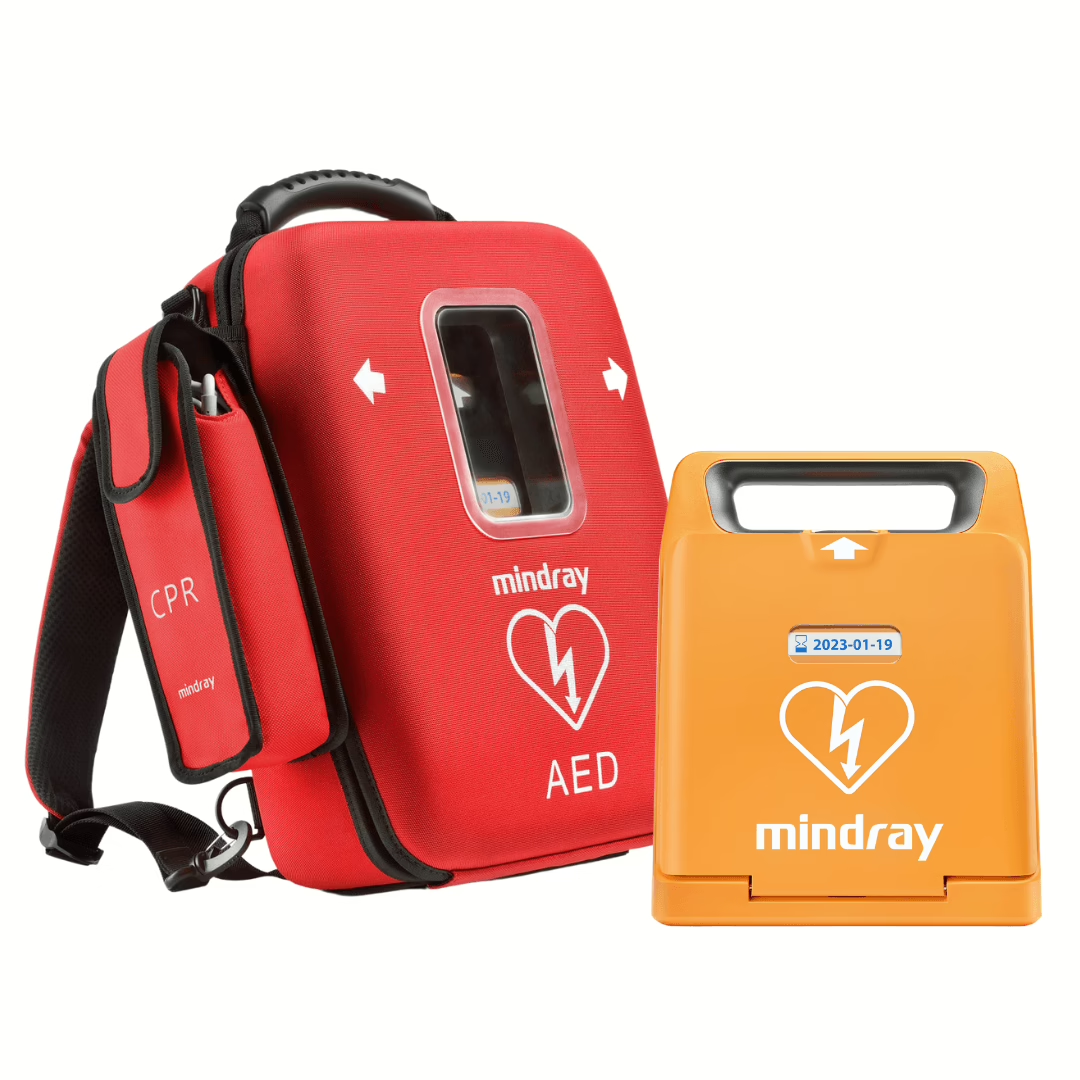



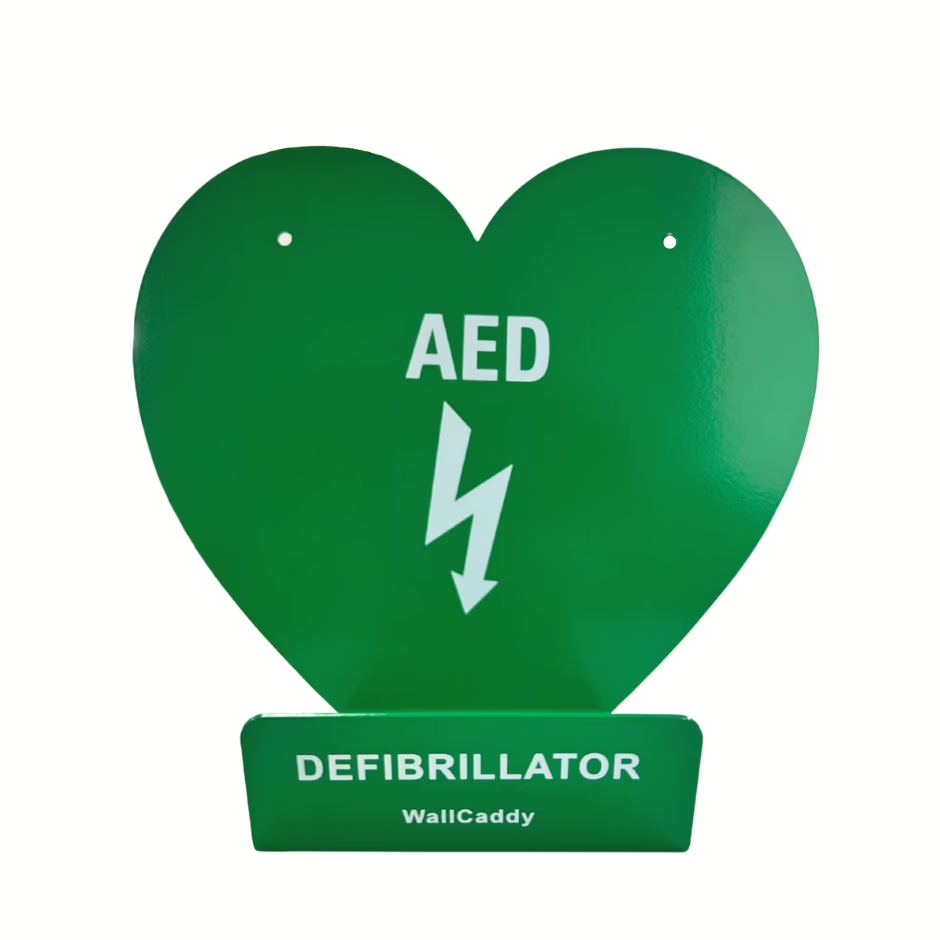
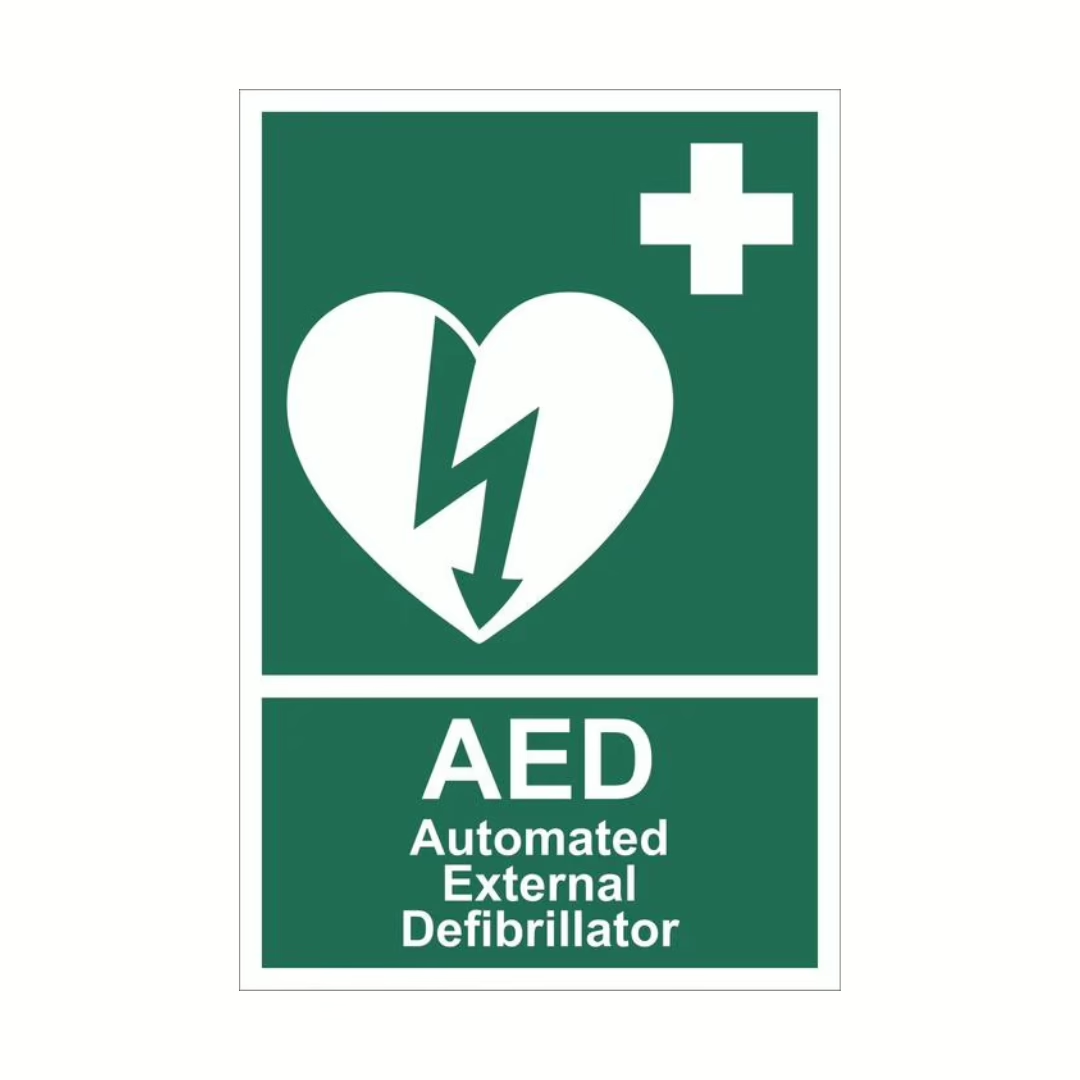

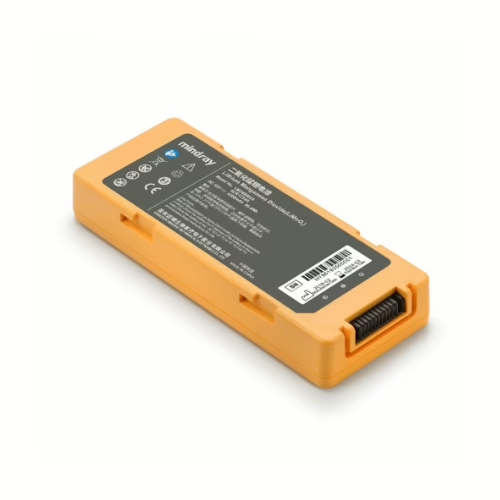
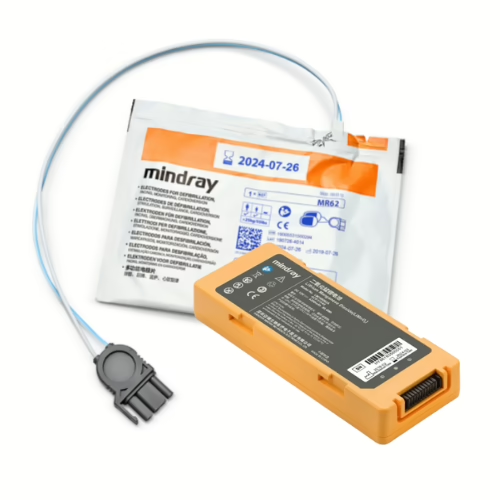
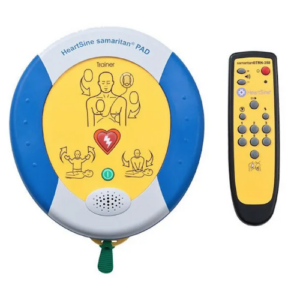


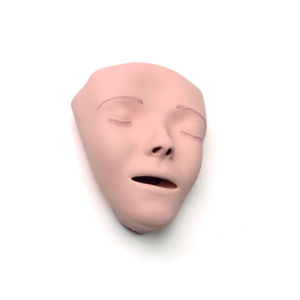
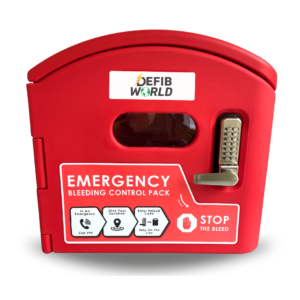
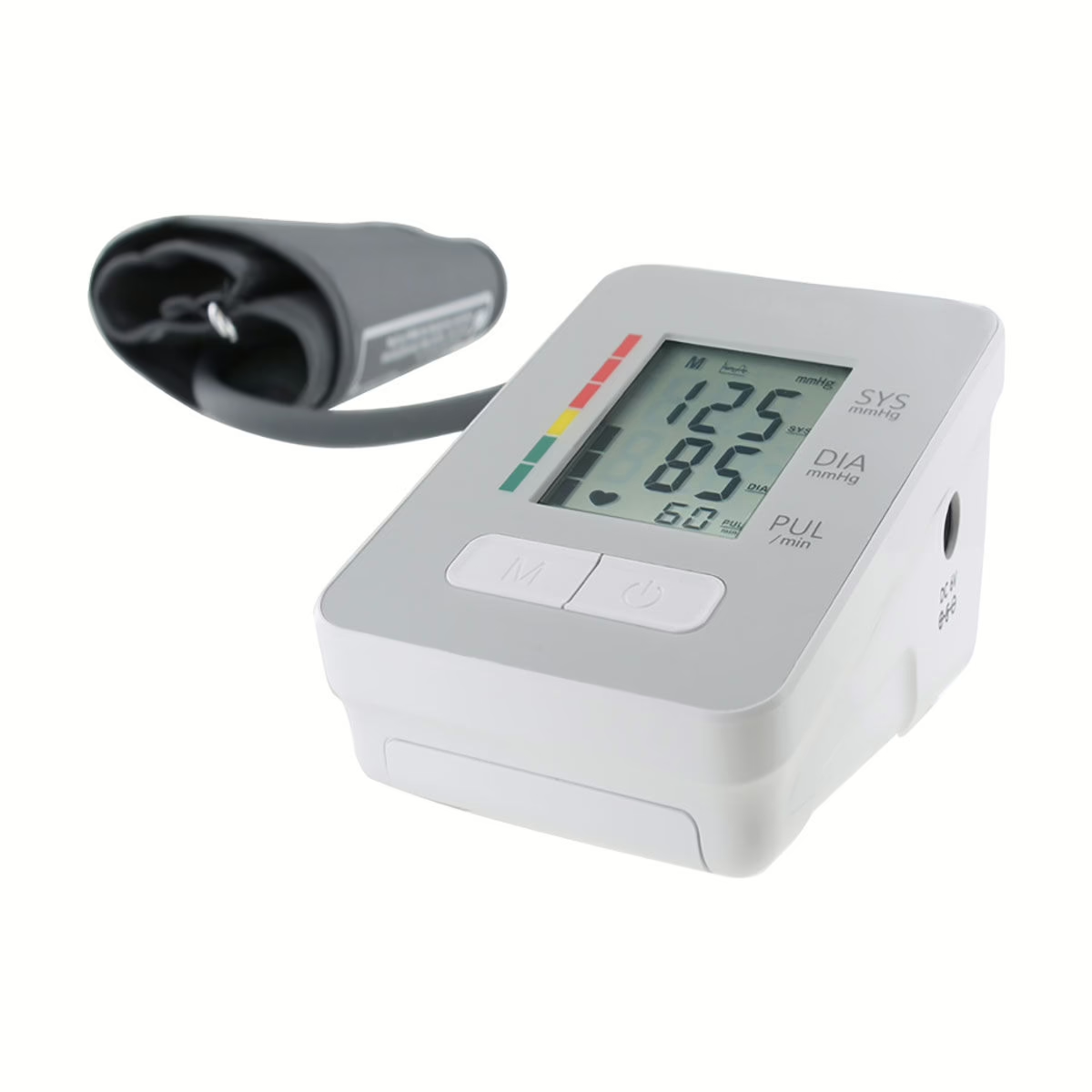


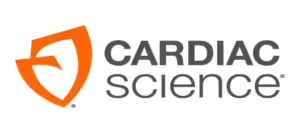
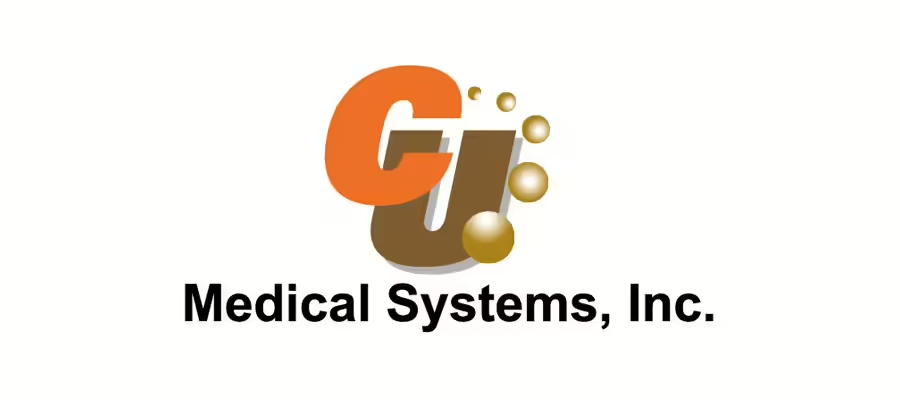











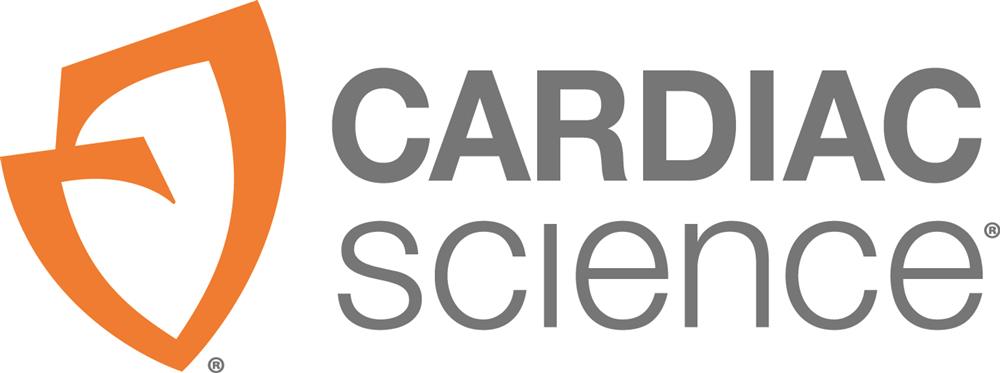
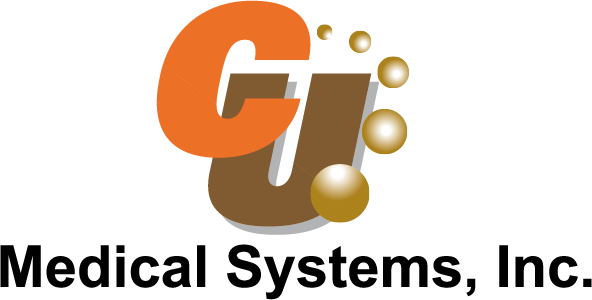
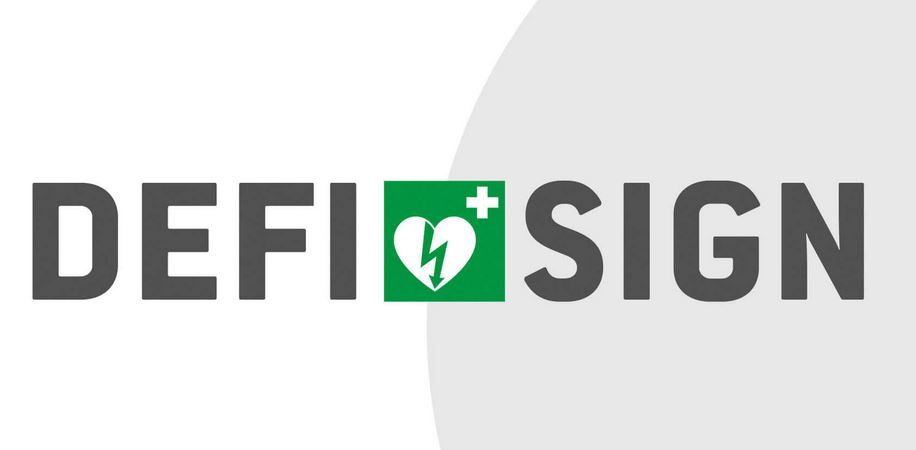












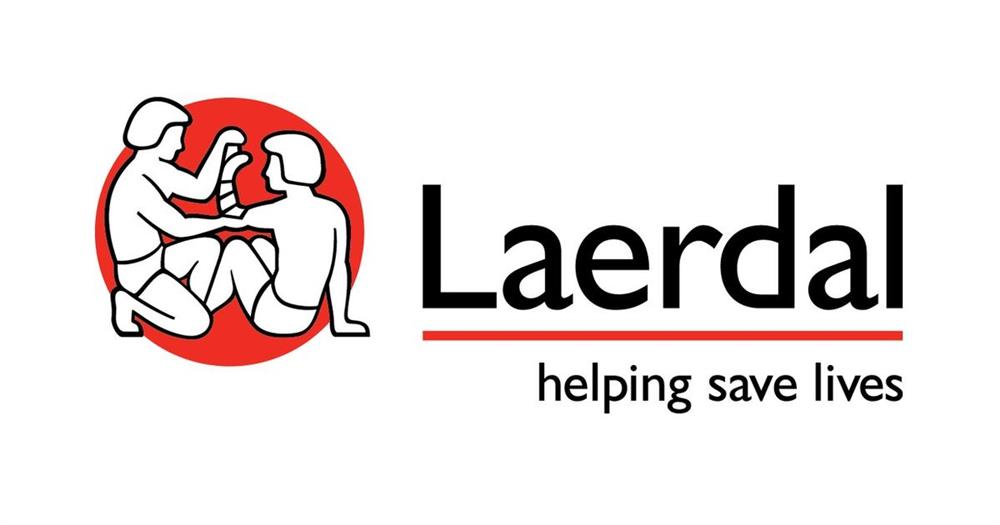

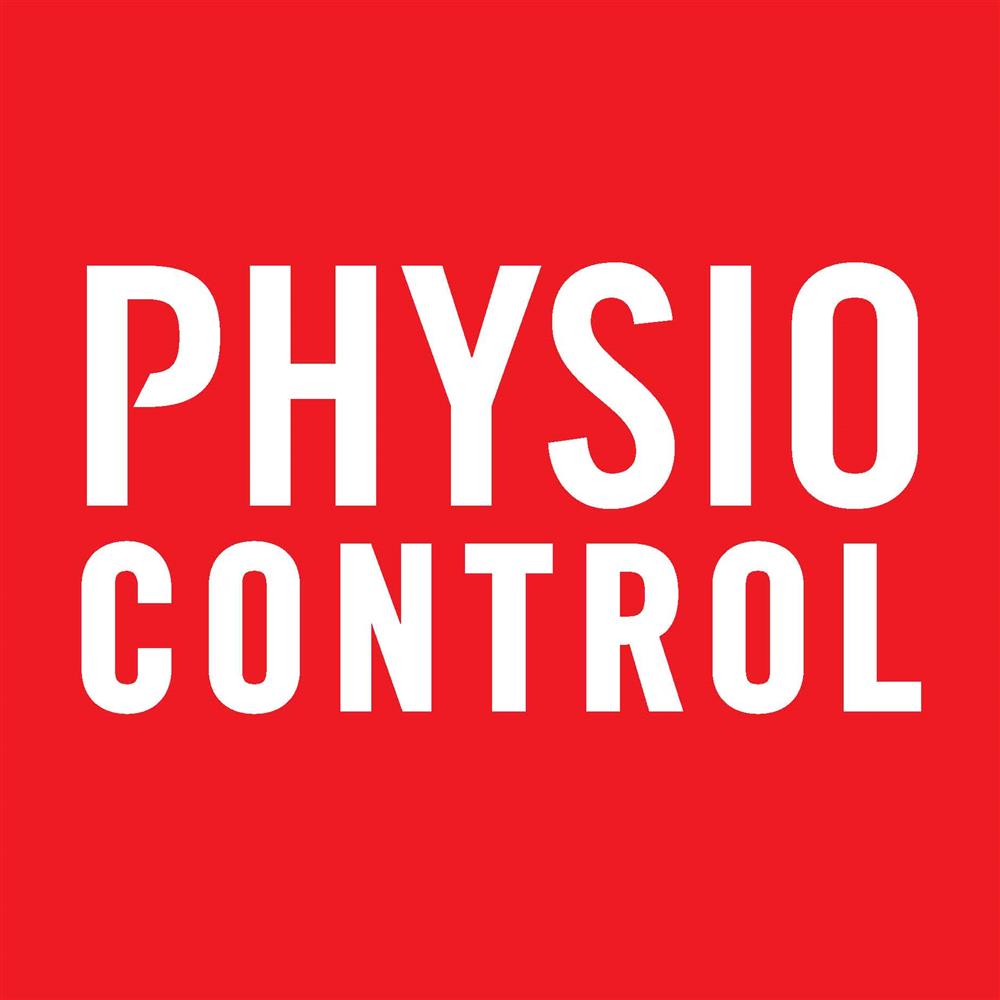
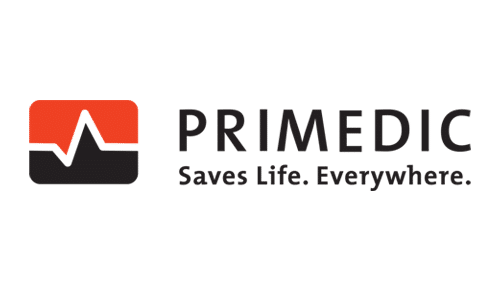


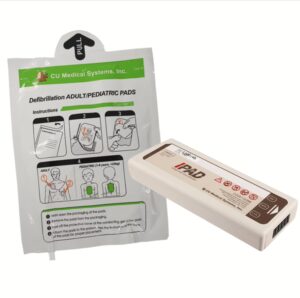
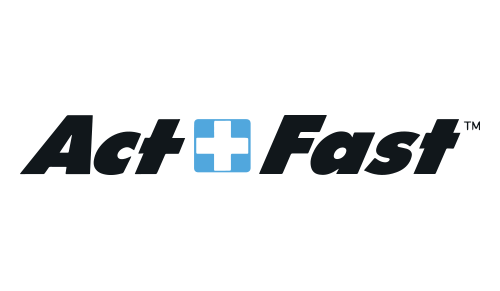








.jpg)




